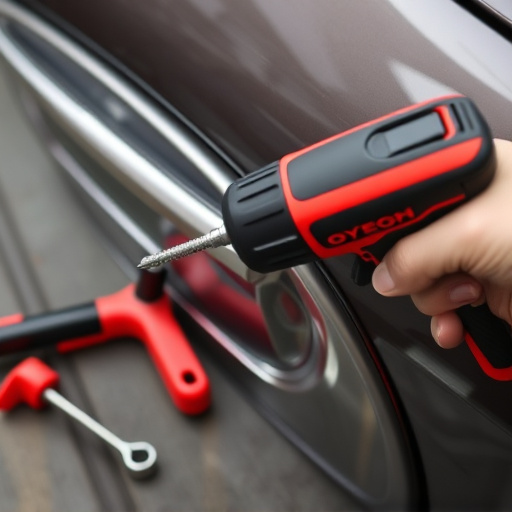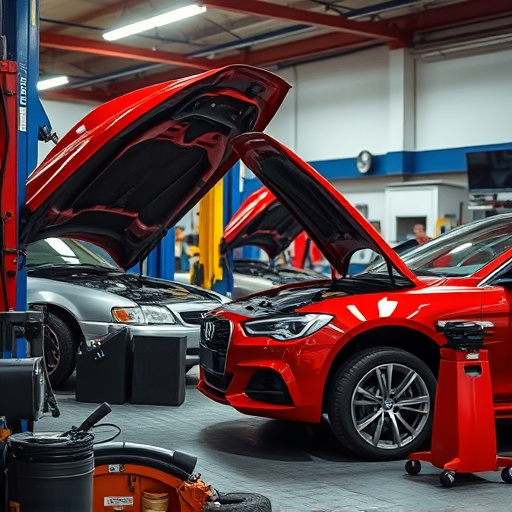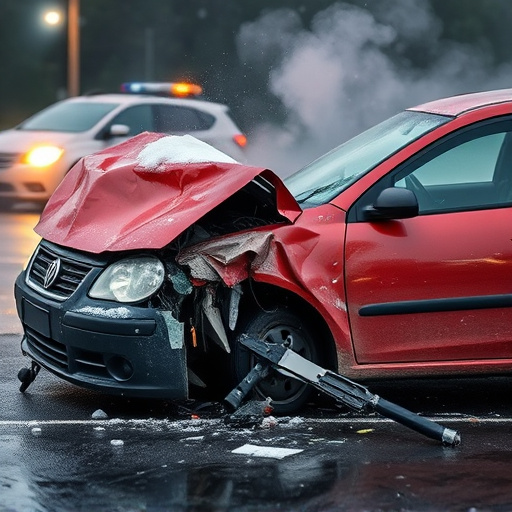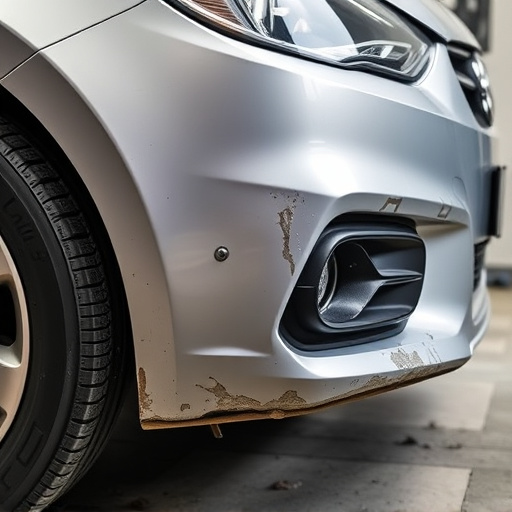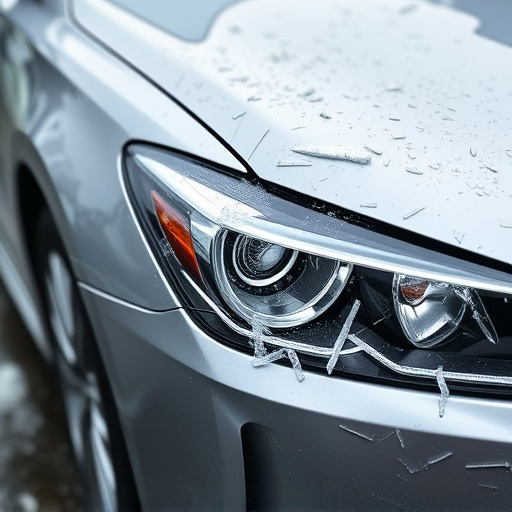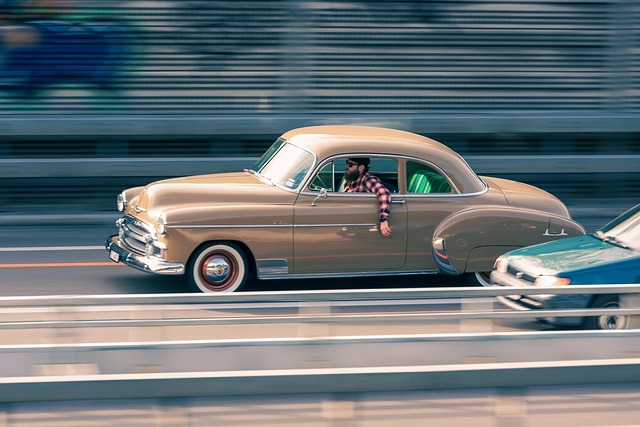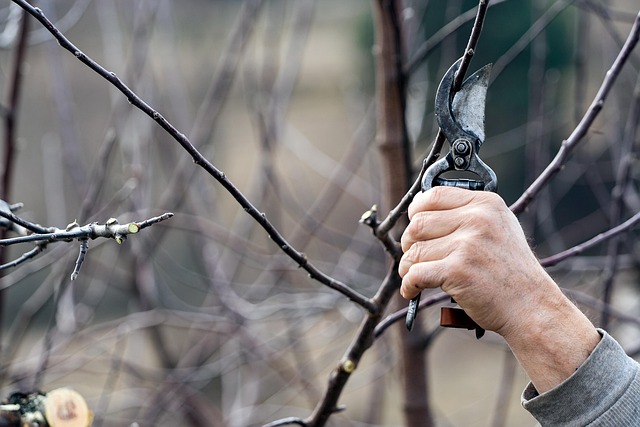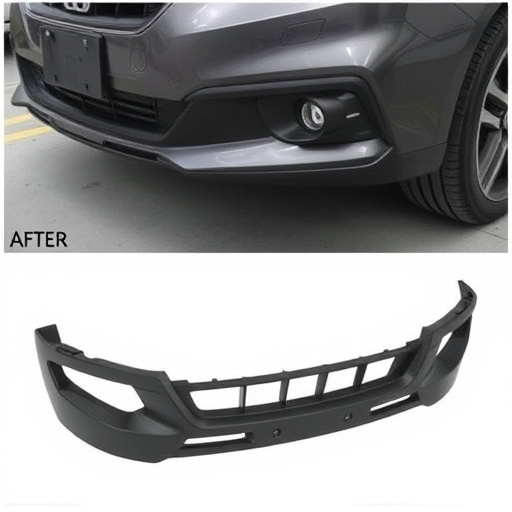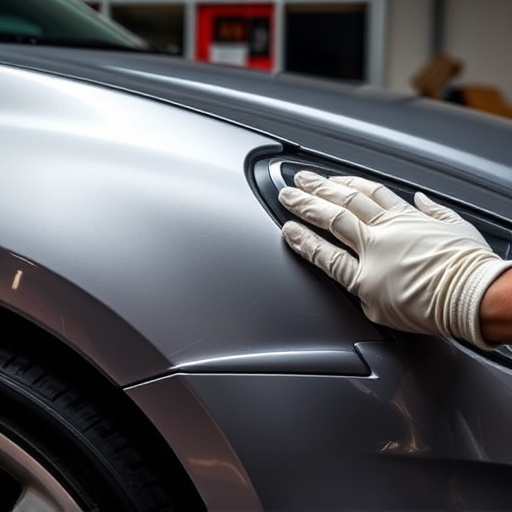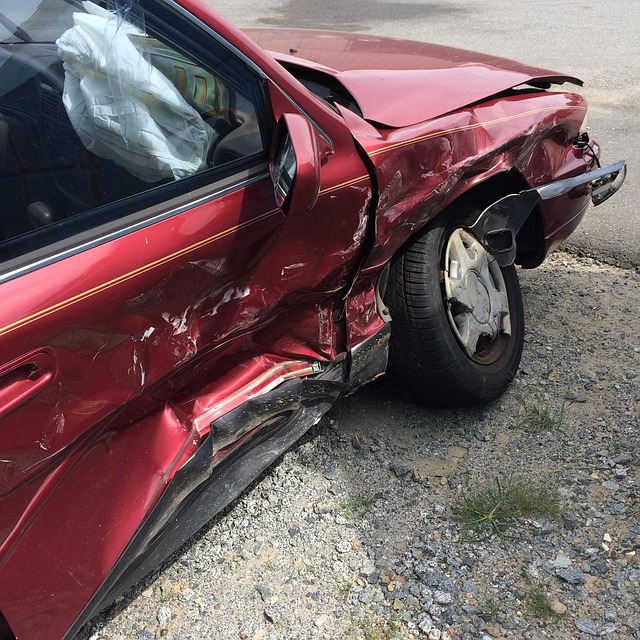Corrosion significantly challenges repairing aluminum body components in autos, caused by moisture and road substances leading to rust and structural weakness. Specialized techniques like sandblasting, etching, and priming are required by professional mechanics for effective repairs that preserve both cosmetic and structural integrity. Restoring aluminum demands advanced skills, tools, and paint analysis equipment, focusing on seamless blending with existing vehicle surfaces in high-traffic areas. Prioritizing structural integrity during repairs is crucial for safety and performance, with skilled technicians using precision welding and specialized tools to accurately reconstruct damaged parts while maintaining original strength. High-quality services guarantee aesthetic restoration and overall vehicle safety and reliability.
Aluminum body components are increasingly popular in automotive manufacturing due to their lightweight nature and durability. However, repairs involving these components present unique challenges. This article delves into three common hurdles in aluminum body repairs: corrosion, matching original finishes, and maintaining structural integrity. By understanding these obstacles, professionals can employ effective strategies to ensure safe, aesthetically pleasing, and long-lasting repairs for vehicles with aluminum body parts.
- Corrosion: A Common Obstacle in Aluminum Repairs
- Matching Original Finish: The Art of Restoration
- Structural Integrity: Ensuring Safety Through Repair
Corrosion: A Common Obstacle in Aluminum Repairs
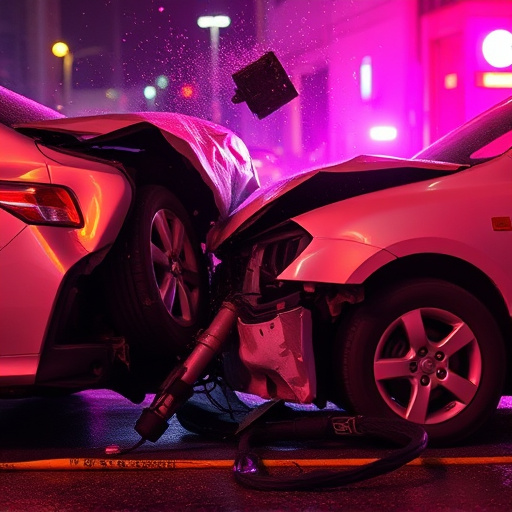
Corrosion is a significant challenge when repairing aluminum body components, especially in automotive applications. Aluminum, though known for its lightweight and durable properties, is susceptible to oxidation when exposed to moisture, salt, or other corrosive substances commonly found on roads and in environments where vehicles operate. This natural process weakens the metal’s integrity, leading to rust formation, which can compromise the structural soundness of the vehicle if left unattended.
In the context of auto glass repair, collision repair, or luxury vehicle repair, corrosion can complicate the replacement or repairing of aluminum parts. It often requires specialized techniques and materials to treat existing corrosion and prevent future damage. Professional mechanics employ various methods, including sandblasting, etching, and priming, to ensure that repairs are not just cosmetic but structural as well, maintaining the overall integrity and longevity of the aluminum body components.
Matching Original Finish: The Art of Restoration
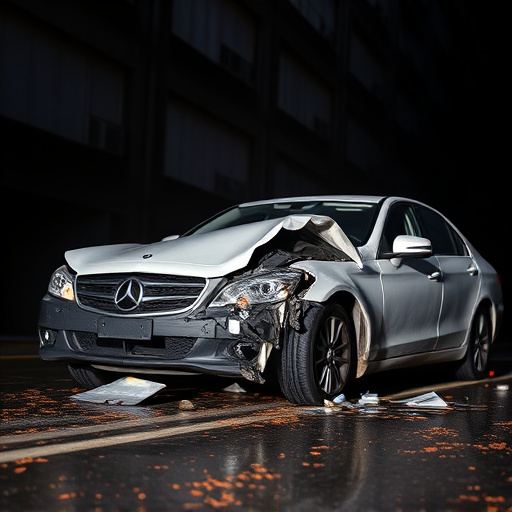
Restoring an aluminum body component to its original finish is a delicate process that requires skill and precision. Unlike traditional metal, aluminum can be more challenging to match due to its unique composition and tendency to oxidize when exposed to air. Auto body repairs involving aluminum often demand specialized techniques and tools to achieve a seamless finish that blends with the existing vehicle’s surface.
Experienced technicians employ various methods to ensure accurate color matching during car repair services. This includes using advanced paint analysis equipment and custom mixing of paints to replicate the exact hue and shade of the original finish. The art of restoration involves not just repairing the physical damage but also ensuring that the final product looks identical to the rest of the vehicle, especially in high-traffic areas like doors and fenders. Vehicle collision repair specialists must be adept at these techniques to provide top-notch services for aluminum body components.
Structural Integrity: Ensuring Safety Through Repair
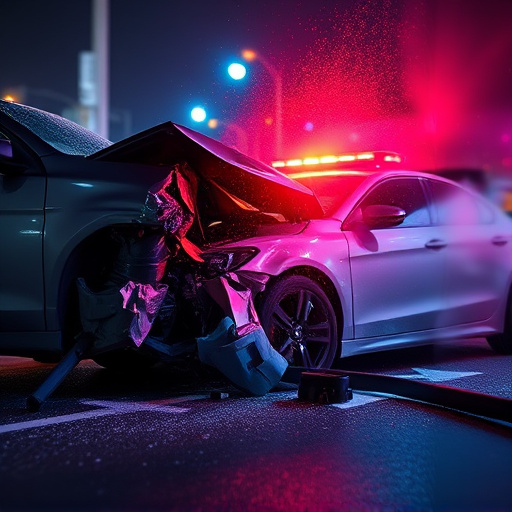
When repairing aluminum body components, ensuring structural integrity is paramount to safety and performance. Aluminum, known for its lightweight yet durable nature, can be sensitive to damage during accidents or over time due to corrosion. Repairs must address not just visible dents or cracks but also underlying structural weaknesses that could compromise the vehicle’s stability and handling. Skilled technicians utilize advanced techniques like precision welding and specialized tools to accurately reconstruct the component while maintaining its original strength and integrity.
Proper repair involves a meticulous process of evaluation, disassembly (if necessary), and precise replacement or reinforcement. This includes addressing issues like panel alignment, body panel gaps, and ensuring the structural bonds are as strong as they were before the damage occurred. Vehicle body shops offering high-quality auto repair services for aluminum body components invest in state-of-the-art equipment and employ technicians trained to handle these unique challenges, thereby guaranteeing that repairs not only restore aesthetics but also preserve the overall safety and reliability of the vehicle.
Aluminum body component repairs present unique challenges, from corrosion prevention to maintaining structural integrity. While advancements in technology offer effective solutions, such as specialized coatings and precision engineering techniques, understanding these common obstacles is crucial for ensuring long-lasting, safe, and visually appealing repairs. For those navigating the world of aluminum repairs, continuous innovation and meticulous attention to detail are key to achieving optimal results.


